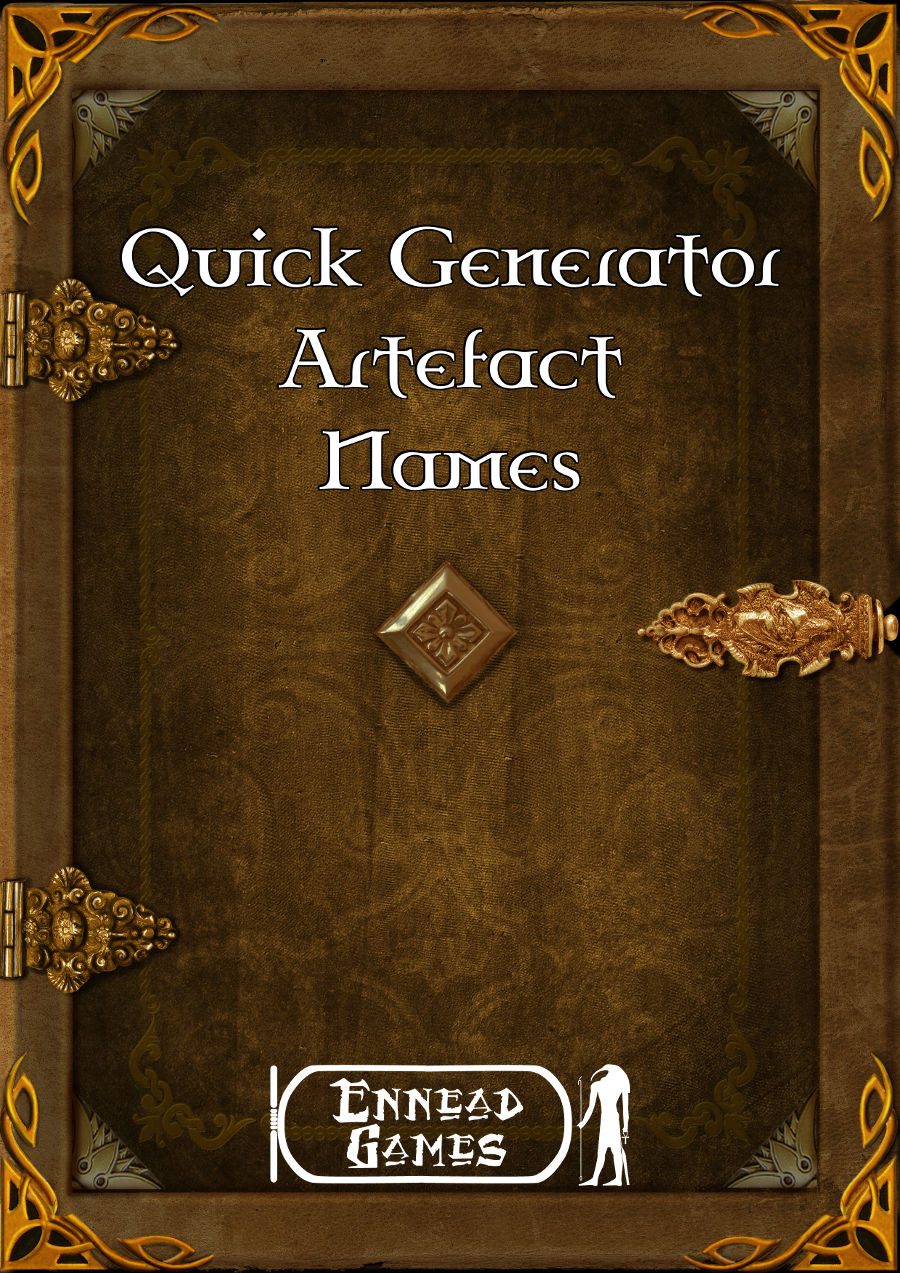Type of Dungeon: Safe Storage
Walls: Masonry
Floors: Uneven Flagstone
Doors: Iron
Stuck Doors: 5 Percent
Traps: 30 Percent
Safe Storage
When people want to protect something they might bury it underground. Whether the item they want to protect is a fabulous treasure – a forbidden artifact or the dead body of an important figure – these valuable objects are placed within a dungeon and surrounded by barriers – traps – and guardians.
The safe storage type of dungeon is the most likely to have traps but the least likely to have wandering beasts. This type of dungeon normally is built for function rather than appearance – but sometimes it has ornamentation in the form of statuary or painted walls. This is particularly true of the tombs of important people.Sometimes however – a vault or a crypt is constructed in such a way as to house living guardians. The problem with this strategy is that something must be done to keep the creatures alive between intrusion attempts. Magic is usually the best solution to provide food and water for these creatures. Even if theres no way anything living can survive in a safe storage dungeon – certain monsters can still serve as guardians. Builders of vaults or tombs often place undead creatures or constructs – both of which which have no need for sustenance or rest to guard their dungeons. Magic traps can attack intruders by summoning monsters into the dungeon. These guardians also need no sustenance since they appear only when they’re needed and disappear when their task is done.
Walls: Masonry
The most common kind of dungeon wall – masonry walls are usually at least 1 foot thick. Often these ancient walls sport cracks and crevices and sometimes dangerous slimes or small monsters live in these areas and wait for prey. Masonry walls stop all but the loudest noises. It takes a DC 20 Climb check to travel along a masonry wall.
Floors: Uneven Flagstone
Flagstone floors are made of fitted stones. They are usually cracked and only somewhat level. Slime and mold grows in these cracks. Sometimes water runs in rivulets between the stones or sits in stagnant puddles. Flagstone is the most common dungeon floor.
Over time some floors can become so uneven that a DC 10 Balance check is required to run or charge across the surface. Failure means the character can’t move in this round. Floors as treacherous as this should be the exception – not the rule.
Doors: Iron
Rusted but sturdy – iron doors in a dungeon are hinged like wooden doors. These doors are the toughest form of nonmagical door. They are usually locked or barred.
Related articles
- Caverns of Slime (emacswiki.org)
- 4 Player Co-Op Beat’em’up Legend of Dungeon Will Be Released on Linux (news.softpedia.com)
- Art: Dungeon 207 (wizards.com)




